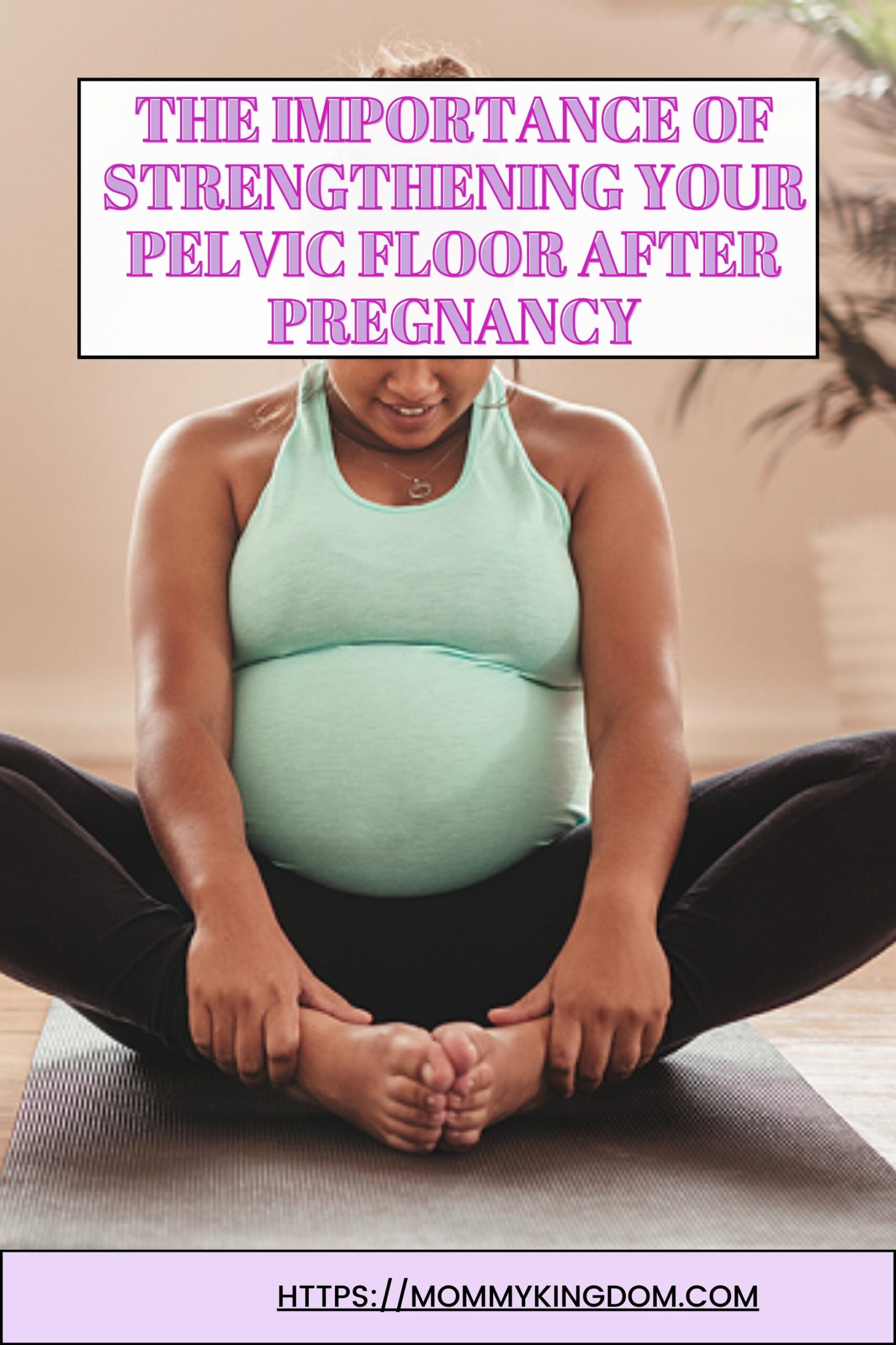Discover the significance of post-pregnancy pelvic floor strengthening. Learn how to regain confidence and vitality. Expert advice and FAQs included.
Childbirth is a miraculous experience, but it can also bring about significant changes in a woman’s body, especially in the pelvic area. This introductory section sets the stage for the importance of strengthening the pelvic floor after pregnancy. It highlights the physical toll that pregnancy and childbirth can have on these muscles, which are responsible for supporting the uterus, bladder, and bowels.
Why Is Post-Pregnancy Pelvic Floor Strengthening Vital?
Here, we delve deeper into why it’s crucial to focus on pelvic floor strengthening after pregnancy. We explain that the pelvic floor muscles undergo considerable stress during pregnancy and childbirth. This stress can result in common issues such as incontinence and decreased sexual satisfaction. The idea is to emphasize that taking care of these muscles can significantly impact a woman’s confidence, vitality, and overall quality of life.
The Road to Recovery How to Strengthen Your Pelvic Floor
1. Kegel Exercises Your Secret Weapon

Kegel exercises are a fundamental aspect of pelvic floor strengthening. These exercises involve contracting and relaxing the pelvic floor muscles, much like stopping the flow of urine. We recommend incorporating Kegels into your daily routine and explain that they can be done discreetly, making them a convenient choice. The goal is to provide practical advice on how to perform these exercises correctly.
2. Yoga and Pilates The Mind-Body Connection

In this section, we emphasize the holistic approach to pelvic floor health. Yoga and Pilates are not only about physical exercise; they also promote a mind-body connection. We highlight that these practices can help women regain control over their pelvic floor muscles while simultaneously reducing stress and fostering relaxation.
3. Pelvic Physical Therapy Seek Professional Guidance

Seeking guidance from a pelvic physical therapist is another essential aspect of pelvic floor recovery. We explain that these professionals have the expertise to provide personalized exercises and techniques tailored to an individual’s specific needs. The section encourages readers to consider professional help for a more accelerated recovery.
4. Maintain a Healthy Diet

Diet plays a vital role in overall health, including pelvic floor strength. We stress the importance of a balanced diet and recommend specific dietary choices. For example, we mention the significance of fiber intake to prevent constipation, a condition that can put additional strain on the pelvic floor muscles. Staying hydrated is also essential, as it supports overall bodily functions.
5. Proper Posture Align for Success

Surprisingly, posture has a direct impact on the pelvic floor. We explain that maintaining proper alignment can help prevent undue pressure on these muscles. Good posture is presented as a simple yet effective way to support the natural functions of the pelvic floor.
6. Relaxation Techniques Stress and Your Pelvic Floor

Chronic stress can weaken the pelvic floor muscles, and in this section, we highlight the importance of managing stress for overall health. We suggest relaxation techniques such as deep breathing and meditation as practical ways to promote muscle recovery. By incorporating these practices into daily life, readers can address stress-related issues affecting their pelvic floor.
7. Gradual Progression Patience is Key

This section provides a crucial reminder that strengthening the pelvic floor is not an overnight process. We encourage readers to be patient with themselves and celebrate small milestones along the way. Consistency in following the recommended exercises and routines is emphasized as the key to achieving long-term success in pelvic floor recovery.
Final Words
The conclusion recaps the key takeaways from the article. We reiterate the importance of post-pregnancy pelvic floor strengthening as a journey of self-care and empowerment. It’s portrayed as a means to regain confidence, vitality, and overall well-being. The conclusion encourages readers to approach their postpartum journey with optimism, knowing they are taking a significant step toward a healthier future.
FAQs
Can I start pelvic floor exercises immediately after childbirth?
It’s advisable to consult your healthcare provider before starting any exercises. In most cases, gentle Kegel exercises can be initiated soon after delivery.
How long does it take to see results from pelvic floor exercises?
Results vary from person to person, but with consistent effort, you can expect to see improvements within a few weeks to a few months.
Are there any side effects to pelvic floor exercises?
When done correctly, pelvic floor exercises are safe. However, overdoing them can lead to muscle fatigue. It’s essential to follow a structured routine.
Can men benefit from pelvic floor exercises?
Absolutely! Pelvic floor exercises are not exclusive to women. Men can also benefit from strengthening these muscles to address issues like incontinence and erectile dysfunction.
Is surgery the only option for severe pelvic floor issues?
Surgery is considered a last resort. Most pelvic floor problems can be effectively managed with conservative treatments like exercises and physical therapy.
Can I continue pelvic floor exercises even if I haven’t given birth?
Yes, anyone can benefit from pelvic floor exercises. They can help prevent issues such as incontinence and provide better sexual satisfaction.
